Thrice Mice - Thrice Mice (Reissue) (1970/2003)
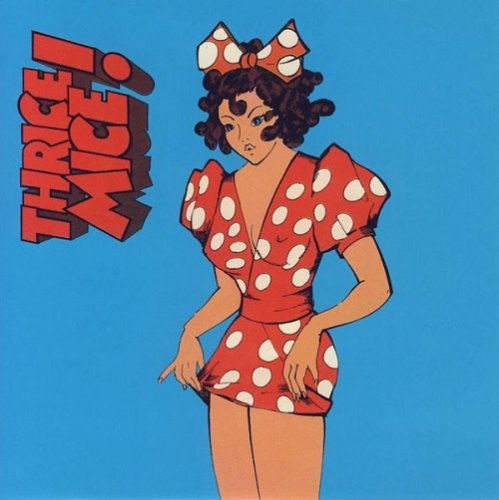
Artist: Thrice Mice
Title: Thrice Mice
Year Of Release: 1970/2003
Label: Long Hair
Genre: Krautrock, Prog Rock
Quality: Flac (tracks, .cue, log)
Total Time: 01:15:24
Total Size: 527 Mb (scans)
WebSite: Album Preview
Title: Thrice Mice
Year Of Release: 1970/2003
Label: Long Hair
Genre: Krautrock, Prog Rock
Quality: Flac (tracks, .cue, log)
Total Time: 01:15:24
Total Size: 527 Mb (scans)
WebSite: Album Preview
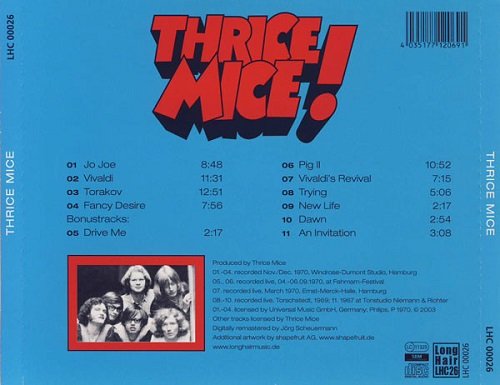
Tracklist:
1. Jo Joe (8:51)
2. Vivaldi (11:34)
3. Torakov (12:54)
4. Fancy Desire (8:00)
Bonus Tracks:
5. Drive Me (2:20)
6. Pig II (10:56)
7. Vivaldi's Revival (7:18)
8. Trying (5:10)
9. New Life (2:20)
10. Dawn (2:57)
11. An Invitation (3:09)
Line-up:
Wolfgang Buhre / saxophone
Karl-Heinz Blumenberg / vocals
Werner von Gosen / guitar
Wolfram Minnemann / organ
Arno Bredehöft / drums
Rainer von Gosen / bass
A much touted Hamburg band, from the suburb of Altona, with roots going back into the mid-1960's beat era. In 1967 they were amongst the winners at a beat festival, gaining documentation on the first "Beat In Hamburg" EP, where they actually sound more like The Who than anything else. The band took a break in 1968 due to Military commitments and then reformed with a repertoire of favourite international hits and gradually developed their own compositions.
By 1970, as documented on two festival albums, Thrice Mice had moved on considerably, taking on classical and jazz-rock into a highly progressive blend, with blues and heavy rock as their focus. Most notably was a strong Blodwyn Pig (as proven by "Pig II", an uncredited variation on a Mick Abrahams composition) cum East Of Eden feel, and touches of Curved Air in the classical elements. From the sound, I'd guess that Wolfgang played two saxophones simultaneously, much like Colosseum's Dick Heckstall-Smith. In fact, all Thrice Mice influences stemmed from such British bands, all refocused and blended into a sound uniquely their own with the distinct spirit of Krautrock.
Obviously quite popular locally, Thrice Mice soon got a contract and recorded a studio LP. Compared to the live material it is much more controlled and restrained, but also a lot more calculated and precise, with clearer vocals from Karl-Heinz Blumenberg, who comes across as a hybrid of Michael Winzkowski (Epsilon) and Bernd Noske (Birth Control). There are a few crazed moments and lots of invention to be found in the album's four sizeable tracks, and it's a record that although really dated these days is definitely "a grower".
Thrice Mice continued and hoped for success, and the chance to move up from their semi-professional status with a second album, but it never happened. Eventually, in 1972 the band split, after the departure of Rainer von Gosen. After this, a new version of the band was formed, which changed and then evolved into Altona. ~ the crack in the cosmic Egg
By 1970, as documented on two festival albums, Thrice Mice had moved on considerably, taking on classical and jazz-rock into a highly progressive blend, with blues and heavy rock as their focus. Most notably was a strong Blodwyn Pig (as proven by "Pig II", an uncredited variation on a Mick Abrahams composition) cum East Of Eden feel, and touches of Curved Air in the classical elements. From the sound, I'd guess that Wolfgang played two saxophones simultaneously, much like Colosseum's Dick Heckstall-Smith. In fact, all Thrice Mice influences stemmed from such British bands, all refocused and blended into a sound uniquely their own with the distinct spirit of Krautrock.
Obviously quite popular locally, Thrice Mice soon got a contract and recorded a studio LP. Compared to the live material it is much more controlled and restrained, but also a lot more calculated and precise, with clearer vocals from Karl-Heinz Blumenberg, who comes across as a hybrid of Michael Winzkowski (Epsilon) and Bernd Noske (Birth Control). There are a few crazed moments and lots of invention to be found in the album's four sizeable tracks, and it's a record that although really dated these days is definitely "a grower".
Thrice Mice continued and hoped for success, and the chance to move up from their semi-professional status with a second album, but it never happened. Eventually, in 1972 the band split, after the departure of Rainer von Gosen. After this, a new version of the band was formed, which changed and then evolved into Altona. ~ the crack in the cosmic Egg
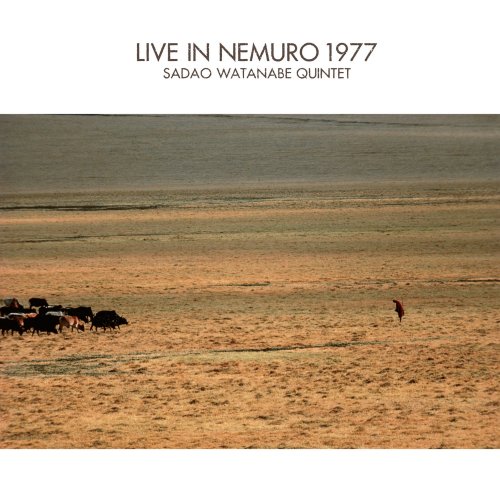
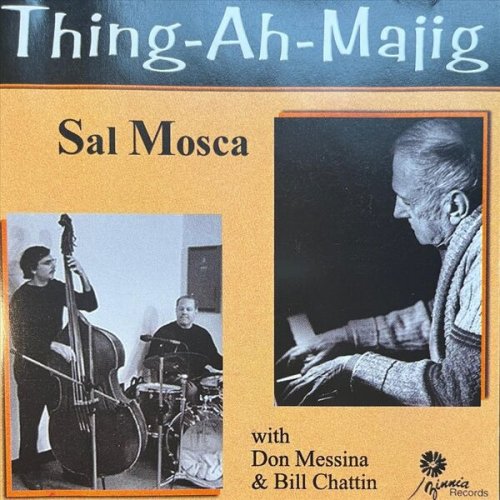


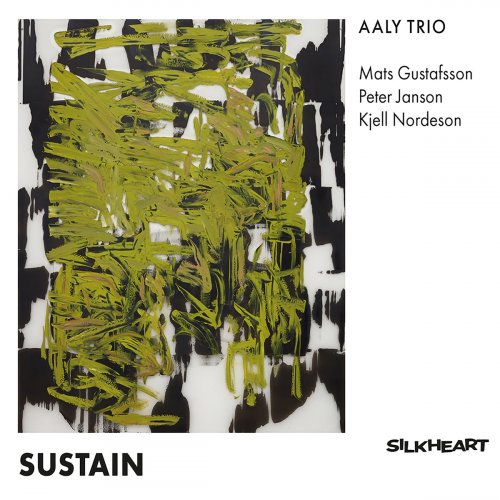
![Black Flower - Ghost Radio (2016) [Hi-Res] Black Flower - Ghost Radio (2016) [Hi-Res]](https://img.israbox.com/img/2025-12/21/9jx4xnhjd3hra5u06rbmghsre.jpg)
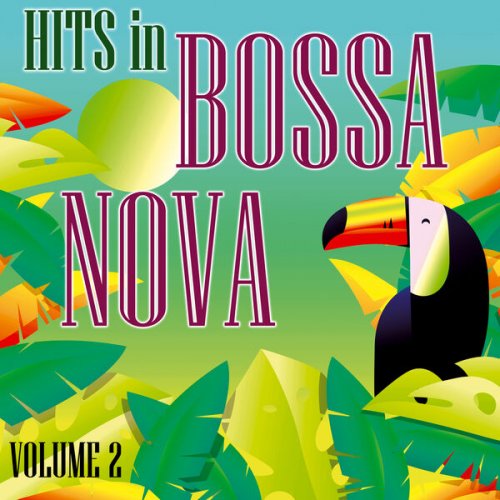

![Clifton Chenier - The King of Zydeco (Live) (1981) [Hi-Res] Clifton Chenier - The King of Zydeco (Live) (1981) [Hi-Res]](https://img.israbox.com/img/2025-12/20/xjfs68k4k2e6nw8a1vz89ft6c.jpg)